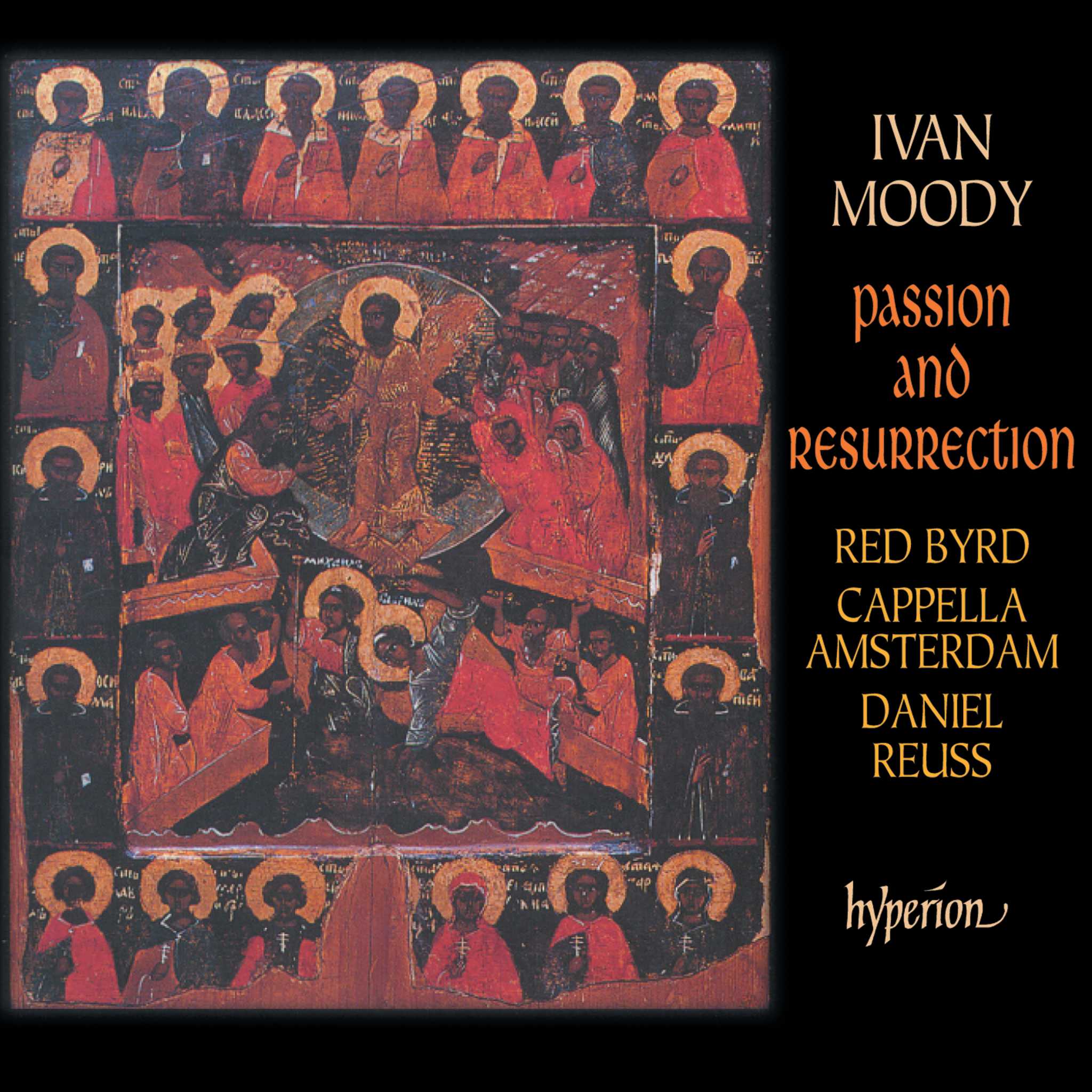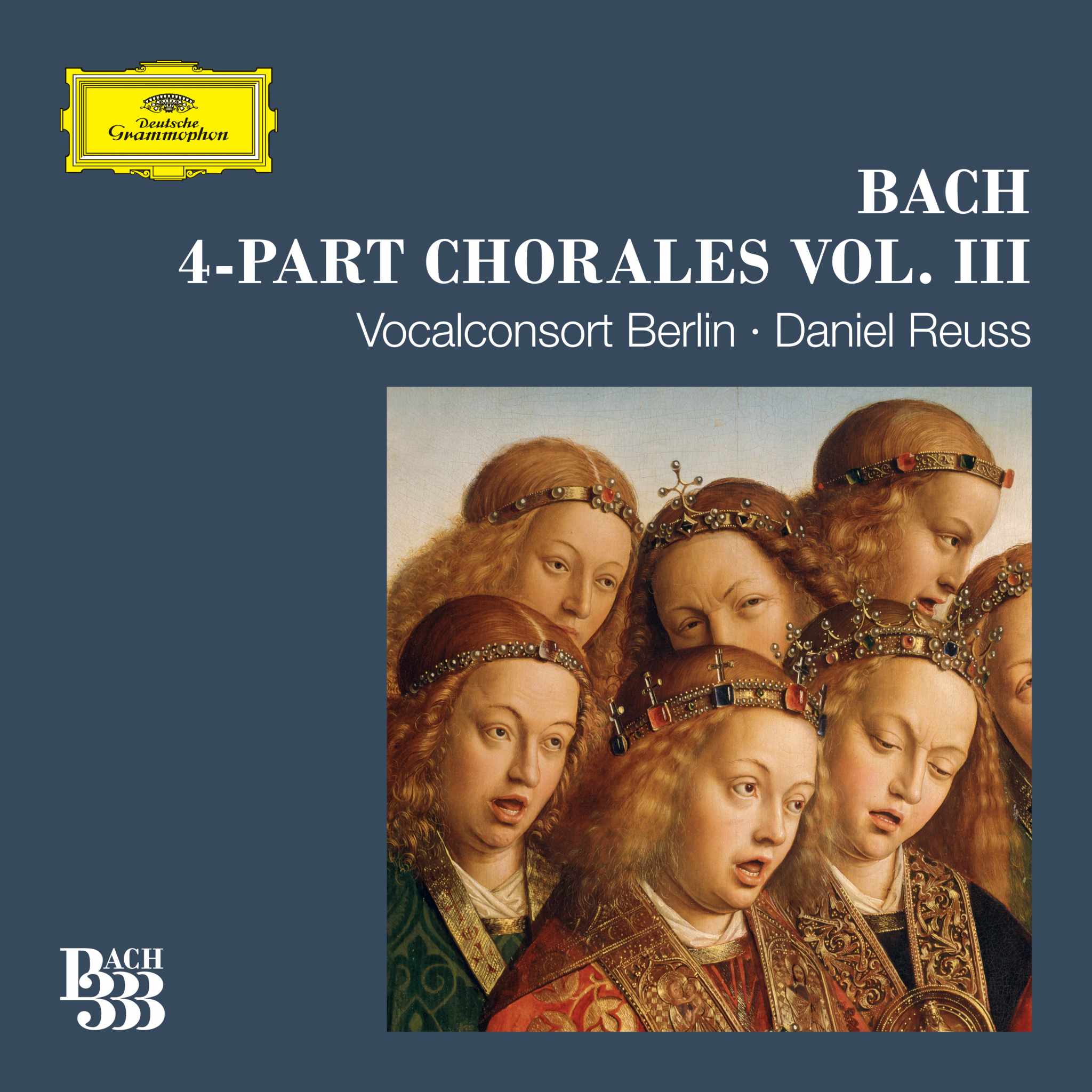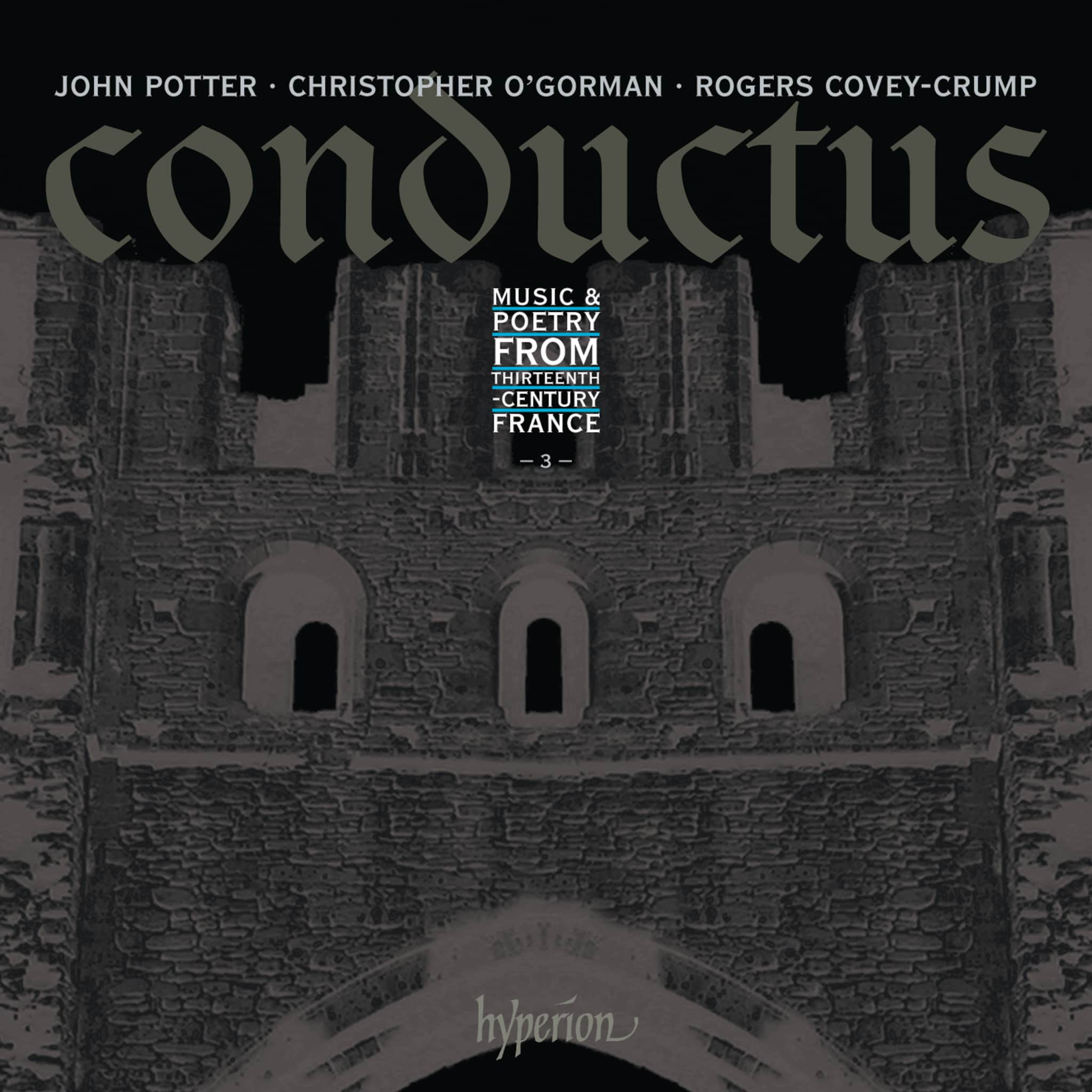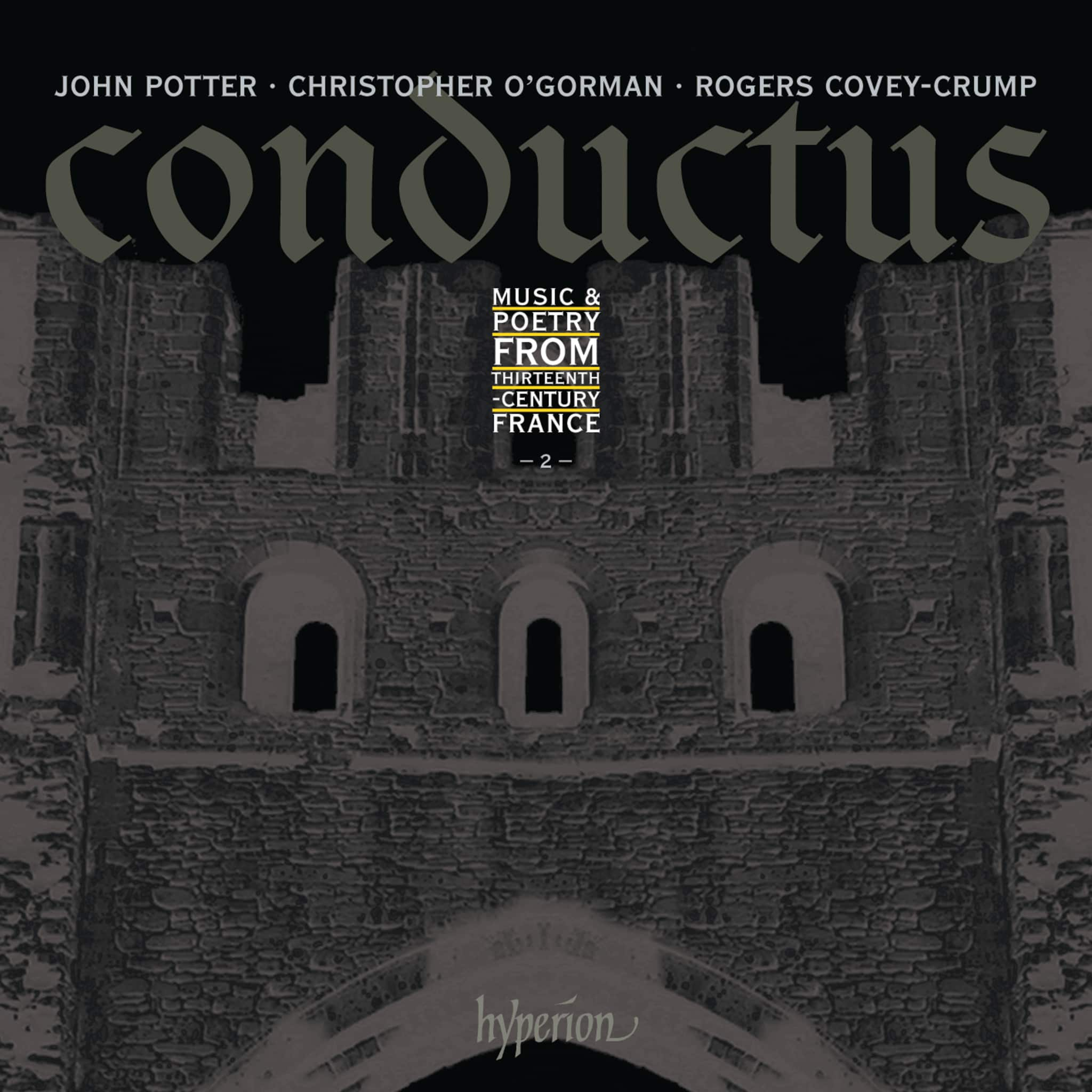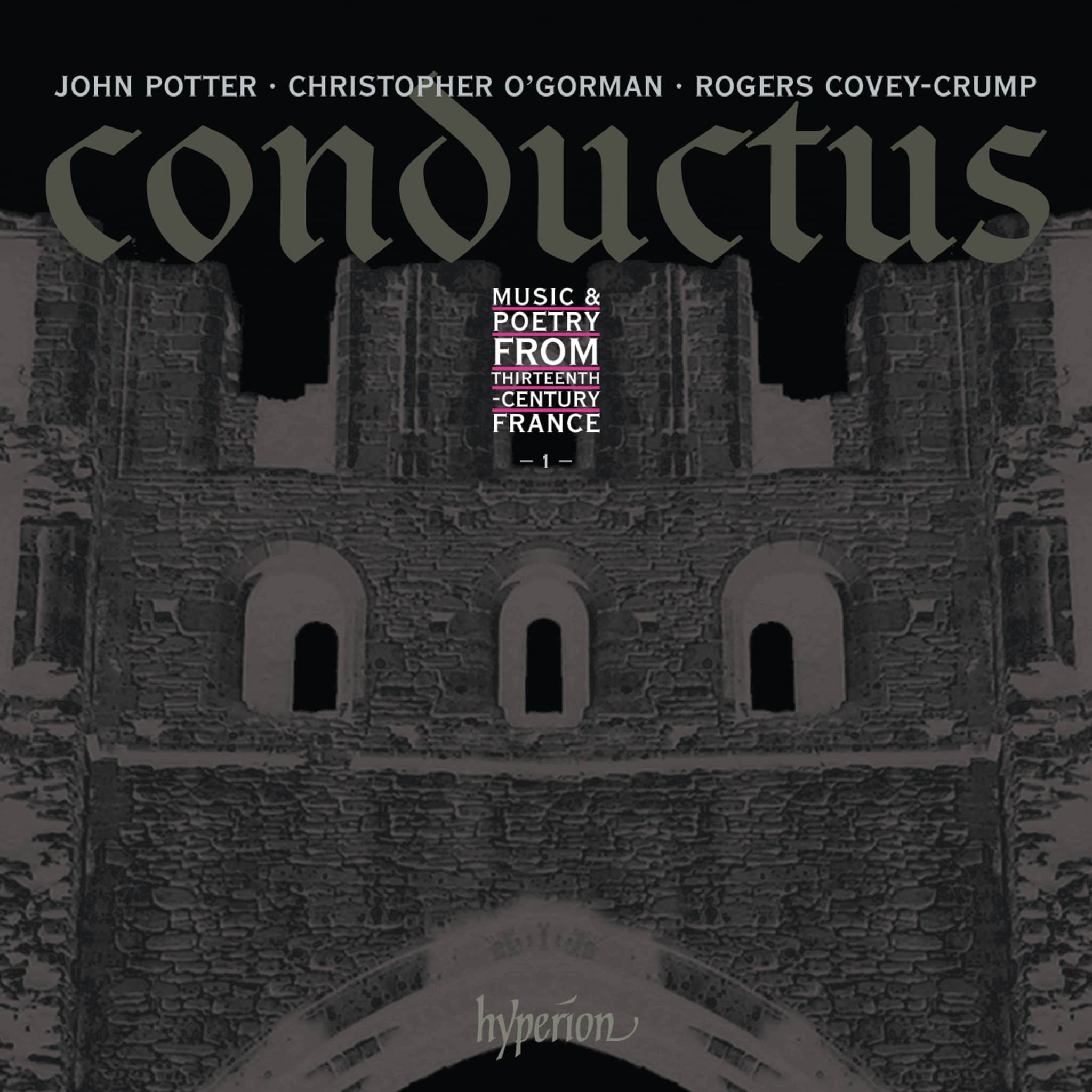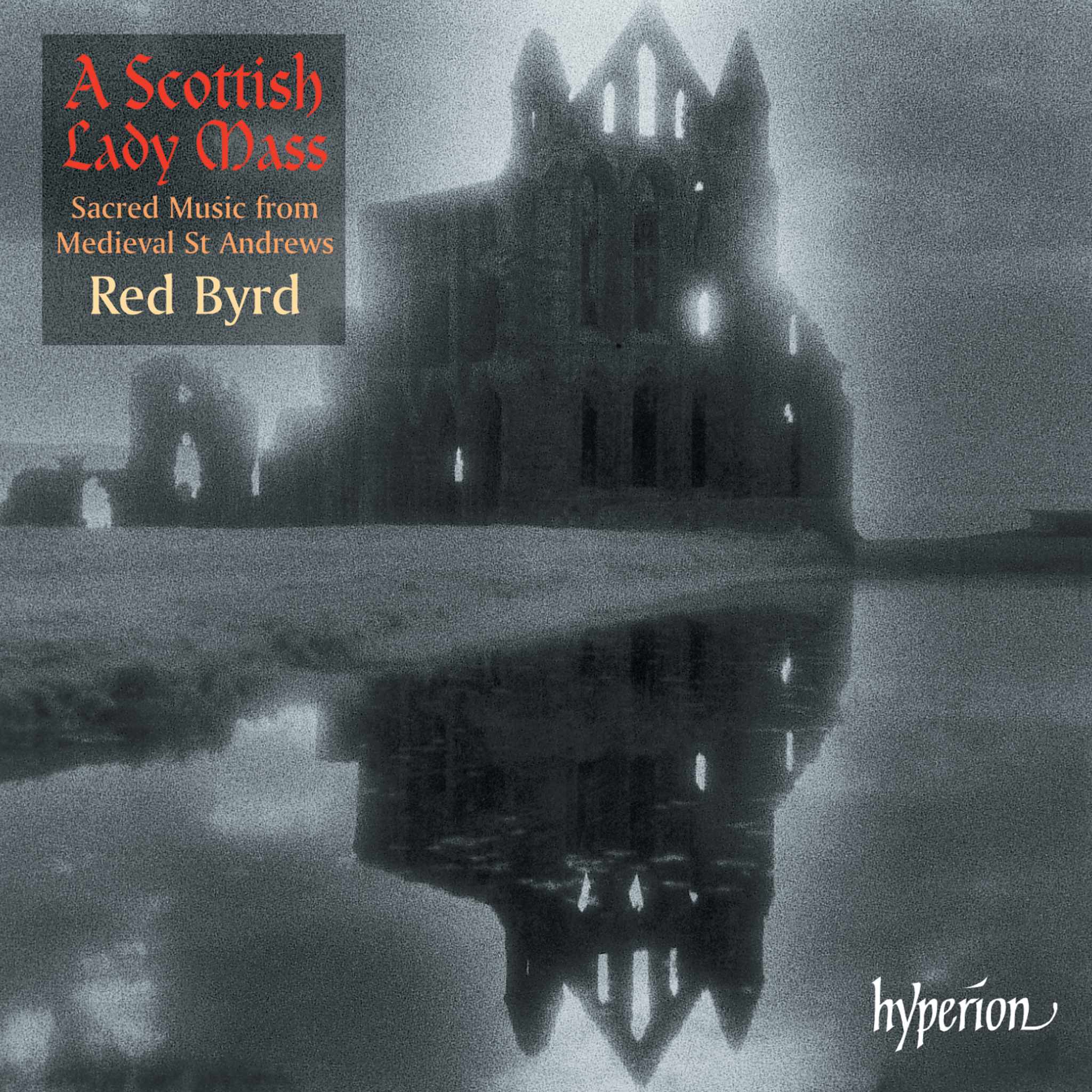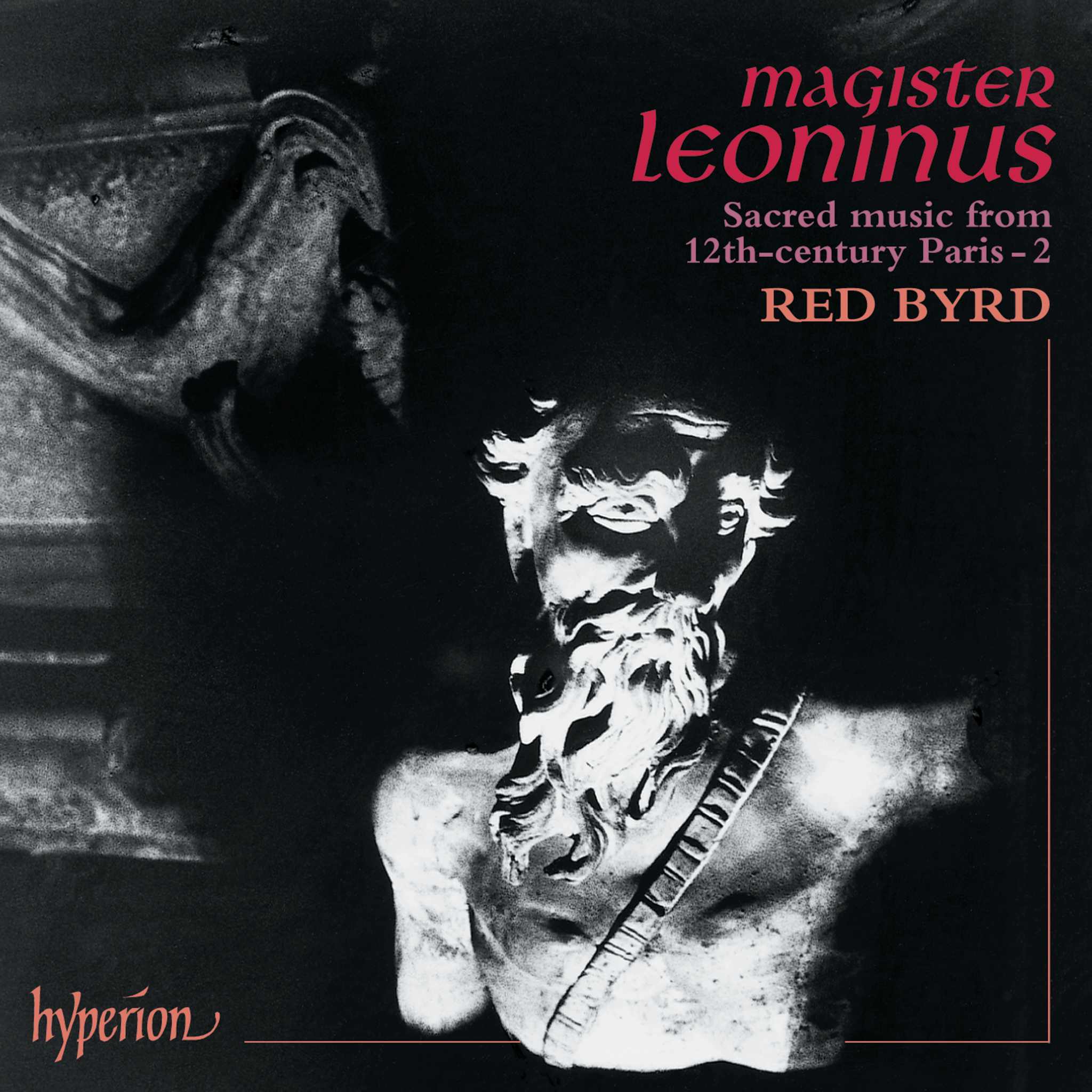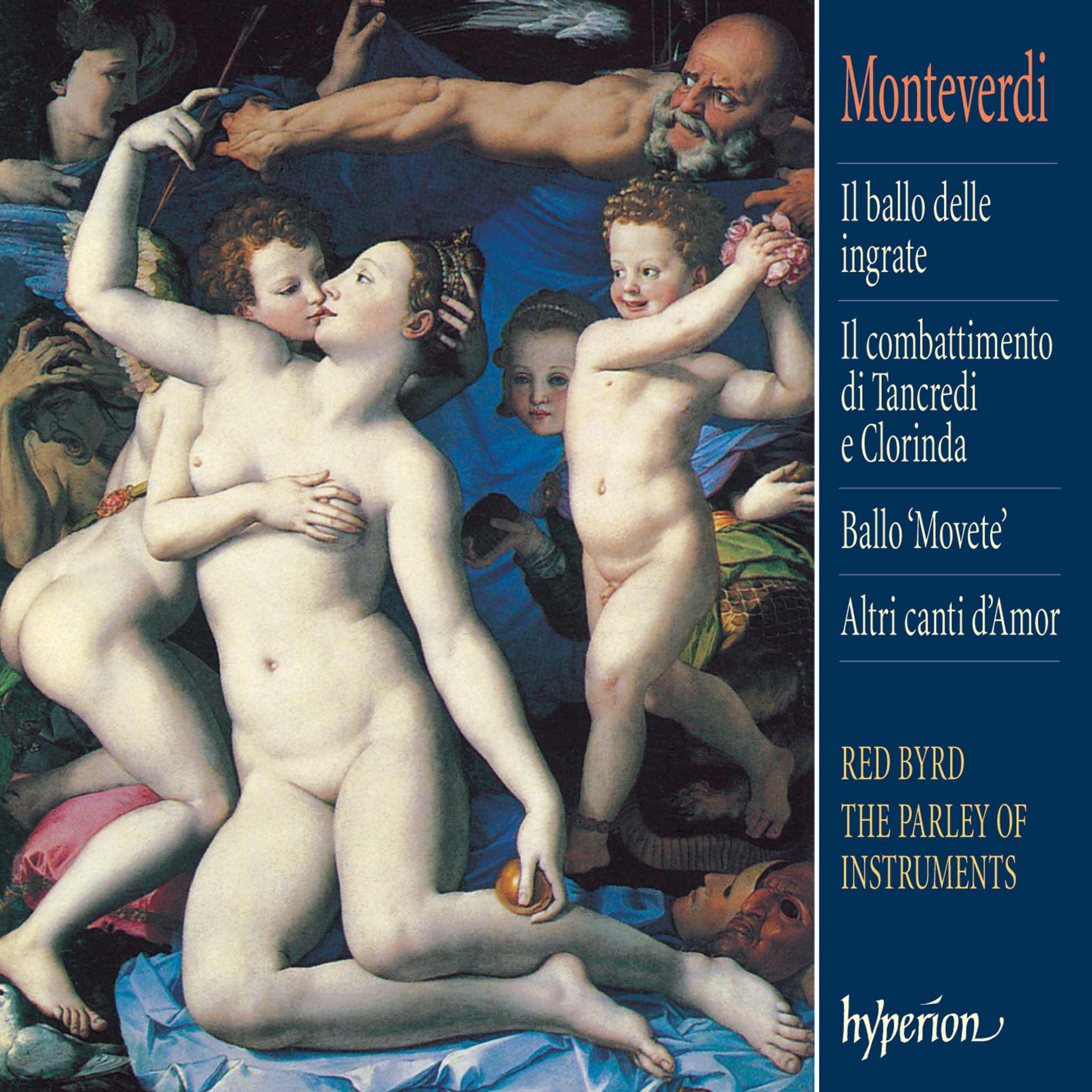Album insights
In the 19th century, only a few cello sonatas exist, with even fewer managing to secure a spot in common concert repertoires. Chopin's Sonata op. 65 is among the relatively frequently heard ones, not just for its intrinsic appeal, but also due to the composer's name ensuring performances. On the contrary, Mendelssohn's A Midsummer Night's Dream enchantment failed to preserve his cello sonatas from obscurity. Alkan's op. 47 Sonata, although exceptionally beautiful, remains obscure. Alkan's remarkable Sonata establishes an immediate attraction due to its ambition, originality, and lovely melodies, which are notably captivating.
Chopin notably inspired Alkan to compose a cello sonata, given the striking similarities in their compositional profiles. Both pianist/composers were good friends living near each other in Paris, with many of Chopin's students transitioning to Alkan after Chopin's death in 1849. Regarding Franchomme, another member of this Parisian musical circle, his involvement contributed to both composers producing masterful cello sonatas through a partnership focusing primarily on solo piano music. Franchomme, a celebrated French cellist of his time, played a crucial role in premiering Chopin's Sonata in 1847 and also premiered Alkan's Sonata in April 1857.
Chopin's and Alkan's sonatas displayed a compelling union between the cello and piano, emphasizing a refined musical processing over conventional structures. Each movement in Chopin's Sonata, particularly the Largo, showcases a sophisticated intertwining of melodies and contrapuntal elements. These intricate compositions often puzzled contemporaries, embodying a departure from traditional melodic norms.
Alkan's E-Dur Sonata distinguishes itself through its lyrical complexity, resonant harmonies, and sonorous melodies, resembling elements found in contemporary French operas. Although initially met with mixed reactions, Alkan's sonata eventually gained appreciation for its rich melodies and intricate structures. The contrasting experiences between Chopin's and Alkan's sonatas underscore their distinctive musical expressions, inviting listeners to unravel their complexities and appreciate their innovative approaches across all movements.

